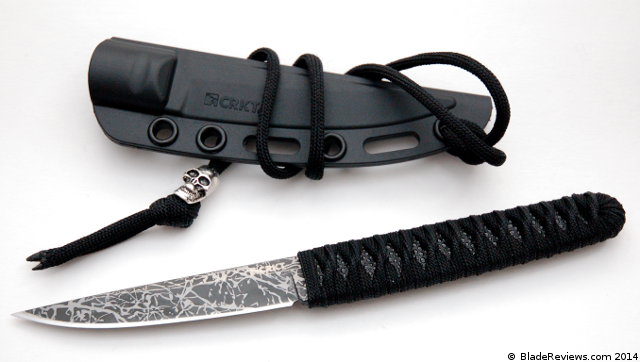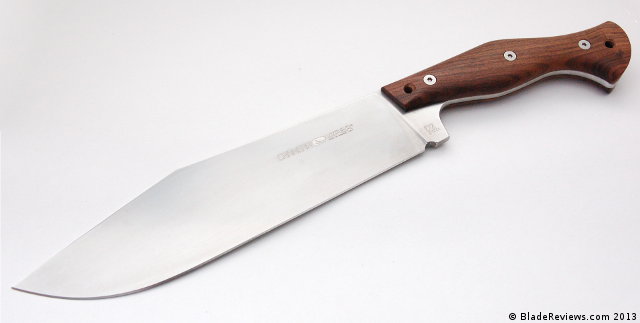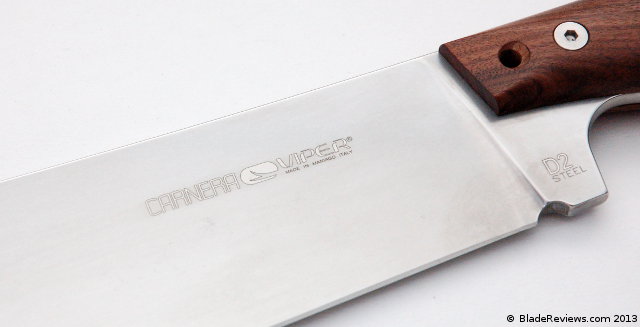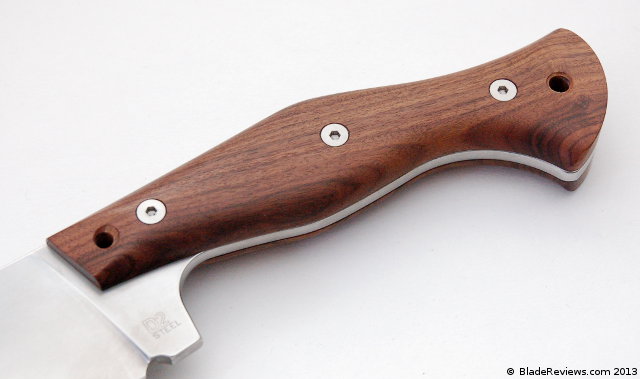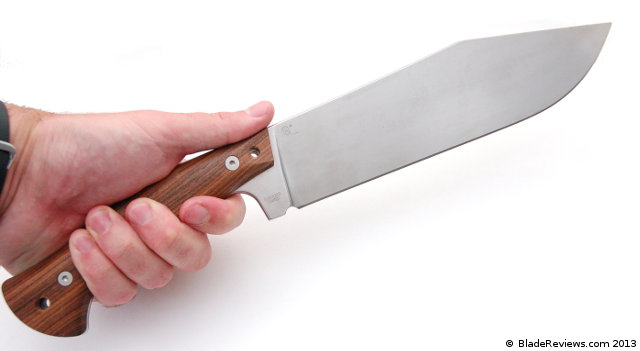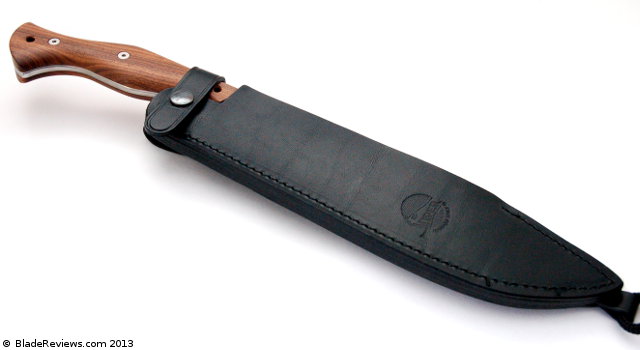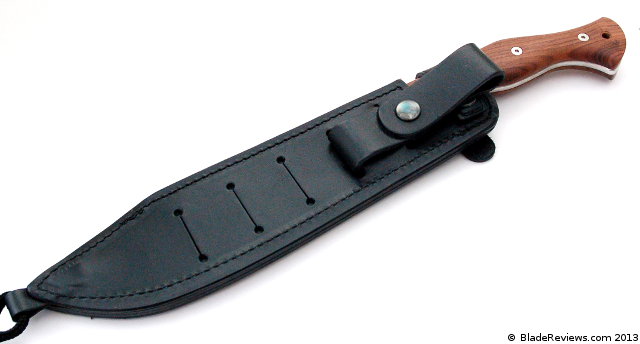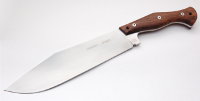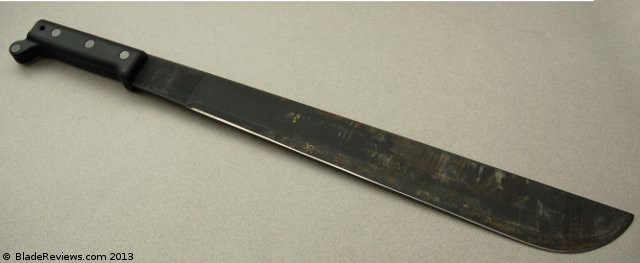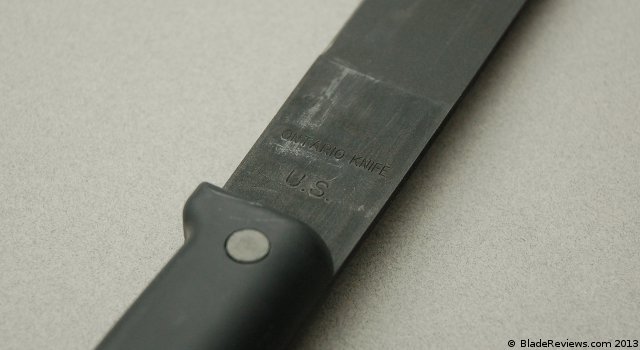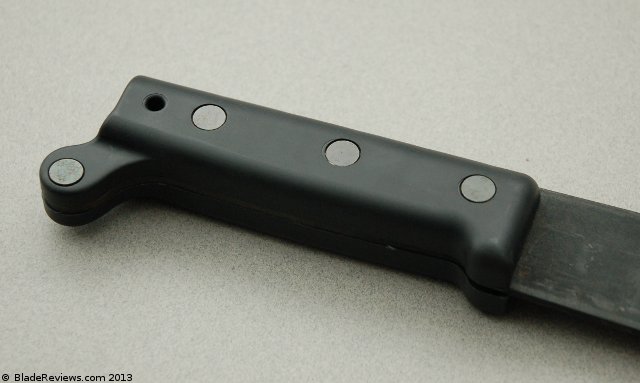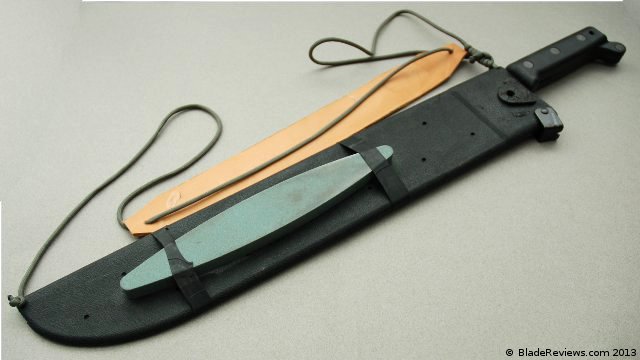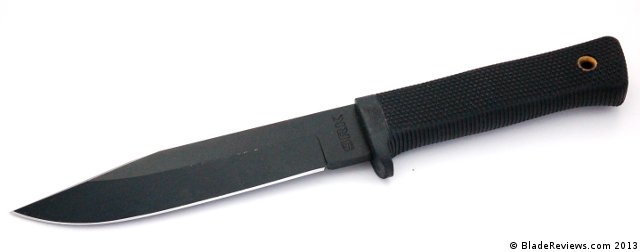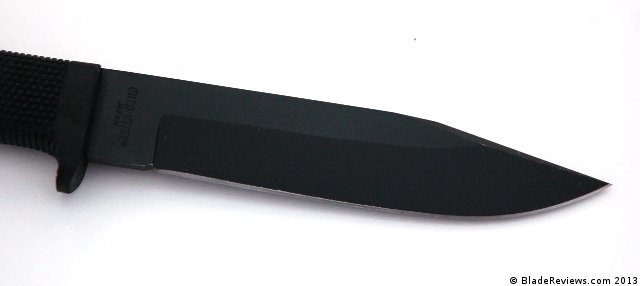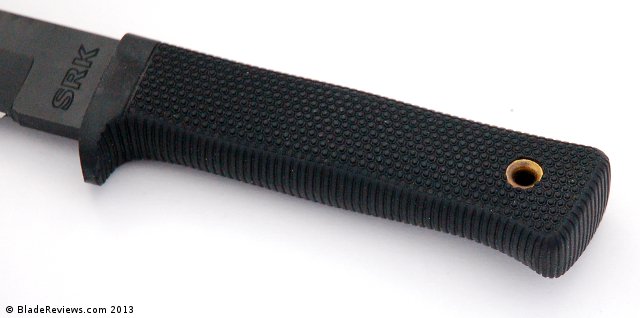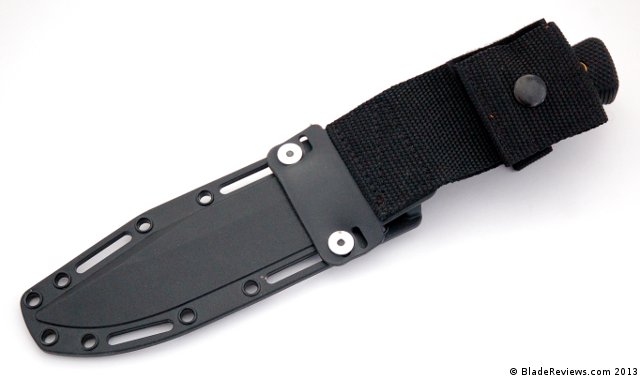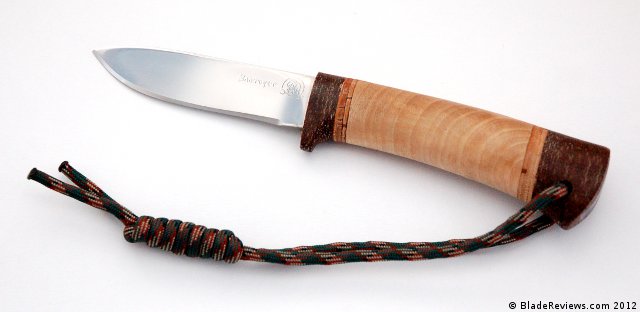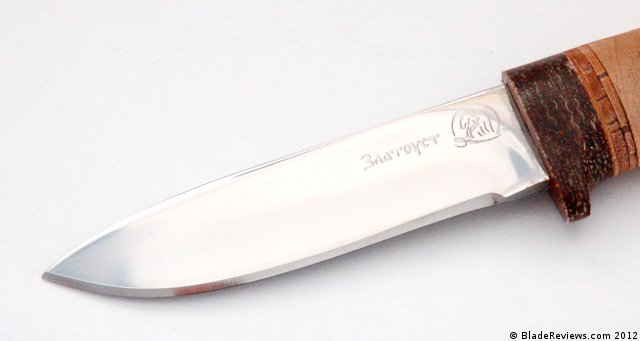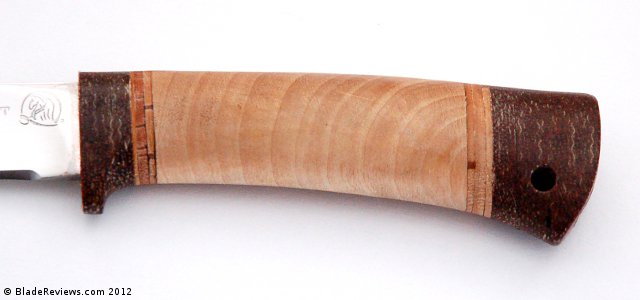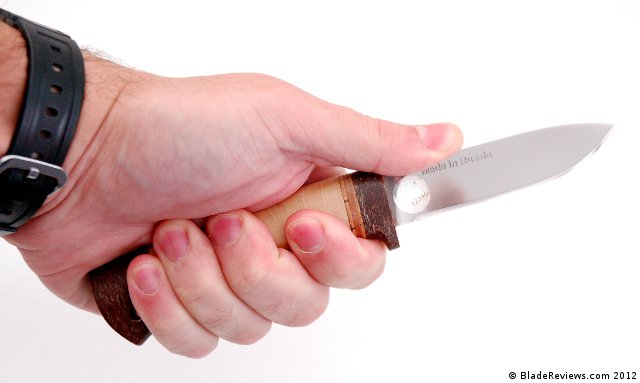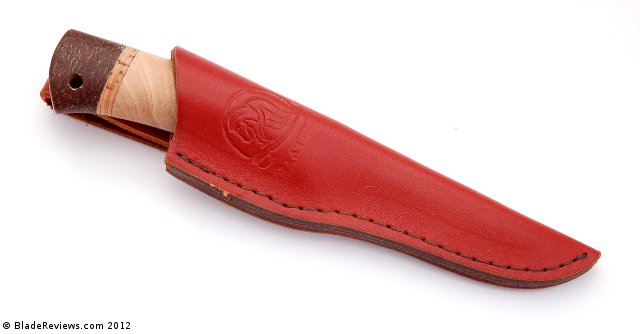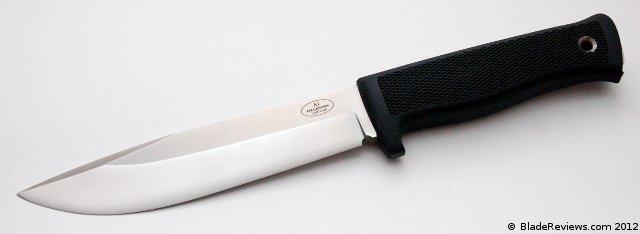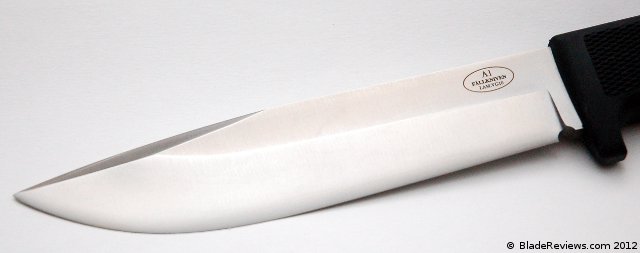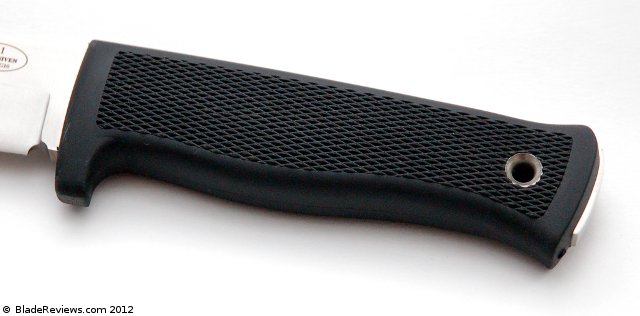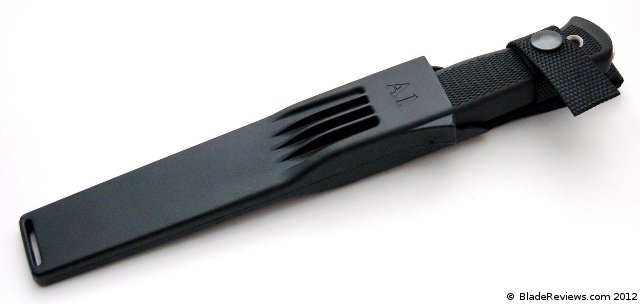Long time readers know that I have always had a soft spot for pocketable fixed blade knives, and CRKT has proven on a number of occasions that they know how to make them. So the announcement of the Obake, a compact fixed blade collaboration with CRKT and custom knifemaker Lucas Burnley, definitely caught my attention.
[easyazon_cta add_to_cart=”default” align=”center” asin=”B00I04SZMI” cloaking=”default” height=”42″ key=”tall-orange” localization=”default” locale=”US” nofollow=”default” new_window=”default” tag=”brdfkdfk-20″ width=”120″]
Lucas is best known for his Kwaiken Flipper, an elegant Japanese inspired design. CRKT’s decision to pick up Burnley’s fixed blade variant of the Kwaiken strikes me as a smart decision given the immense popularity of his Kwaiken series of knives.
The result is a mash-up of traditional and tactical that marries a classic Asian aesthetic with contemporary materials all wrapped up at a sub $40 price point.
General Dimensions and Blade Details
The Obake has an overall length of 7.63″, a 3.64″ blade, and weighs 2.4 ounces. While some of my other favorite CRKT fixies; the Minimalist and SPEW, are firmly in the EDC knife camp, I think that the Obake is more of a “tactical” (self defense geared) offering. This is due to the relatively large size of the knife and its shank-like construction. The full tang knife is ground from .13″ thick steel and has a thick grind emphasizing strength over slicing performance.
This isn’t a knife that I like to peel apples with, but it definitely could blow through one if you felt so inclined. While I consider this larger than an EDC knife, it is still slim and streamlined, and tucks away discretely in your waistband or pocket (more on that below).
The Obake sports a slender drop point blade. The tip is fine but it has enough meat behind it to work into wood and get some work done. The spine has been gently rounded which is a nice detail that CRKT has integrated into more and more of their offerings. Perhaps the most striking aspect of the blade is the aggressive acid-etched finish. When I took this knife to my monthly knife collector’s club meeting, I had a couple people ask me if the blade was made of damascus. Nope, it’s just good ole fashioned 8Cr14MoV given a deep acid etched finish.
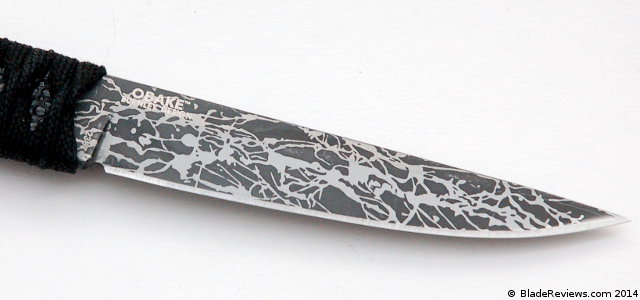
8Cr14MoV is a budget friendly Chinese stainless steel. I like it for its ease of sharpening and toughness, and the price is tough to beat. Here the knife has been heat treated to between 56 and 58 HRc. It has held up well against the mild chores I have put the knife to; mostly cardboard and some food prep. The knife is not an incredible slicer due to the thick blade stock, narrow profile, mid height hollow grind, and textured blade finish, but you can certainly open mail and break down boxes with it if you need to. My guess is that the Obake is best suited in a self defense type role, which is a role that I know very little about. That said, it doesn’t take a PhD in material science to realize that this design can stab very efficiently. So if a stabbing implement is what you need the Obake could be a good option.
Handle and Ergonomics
One of my favorite parts about the Obake is how they approached the handle. In paying homage to the Japanese roots of the Obake’s design, Lucas Burnley originally offered the knife with a traditional wrapped handle over rayskin. CRKT followed suit with a cordwrap over a synthetic ray skin. I wasn’t sure what to expect from a sub $40 knife, but they actually did a really nice job with this. The cord wrap is tight and well done, and the rayskin looks pretty legit. I really don’t know how well this will hold up under hard use, but in my daily carry the handle has worn well and still looks pretty good. Then again I didn’t roll it around in the dirt or go scuba diving with it, but if you are reasonably careful with it I see no reason why it won’t hold up for a good long time. Underneath the wrap and ray skin is a full tang blade.
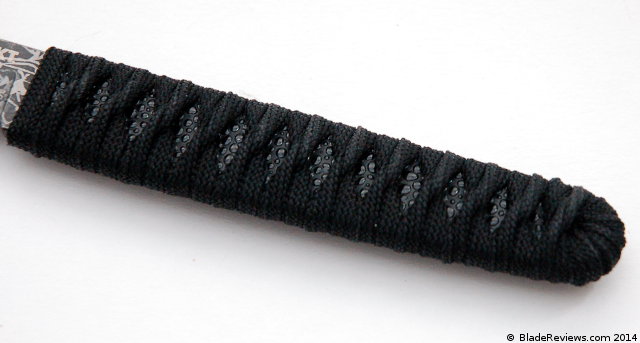
From an ergonomic standpoint, the handle is generous enough to support a full 4-finger grip and the knife is as comfortable as you would expect. The cord wrap provides a lot of traction and the simple design fills the hand and works in both forward and reverse grips. I’m no martial artist so I really have no idea how this would stack up compared to other offerings, but I found it comfortable.
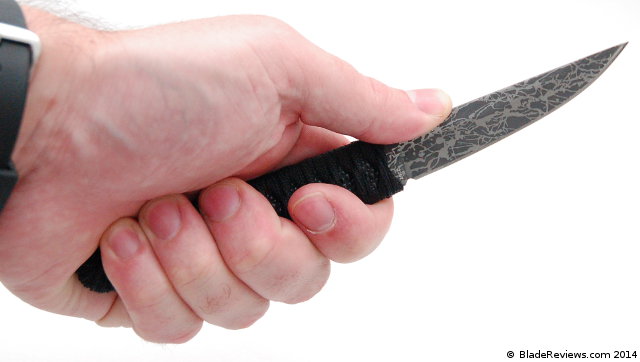
Sheath
The sheath for the Obake is a nice low profile molded plastic sheath. The sheath is almost always the Achilles heel on a budget fixed blade, so I’m pleased to report that CRKT has done this one right. Retention is very firm. At first I really needed to jerk the knife out, and to this day it requires a strong pull to break the knife free from the sheath. CRKT has also offered several eye holes and slots for various mounting options.
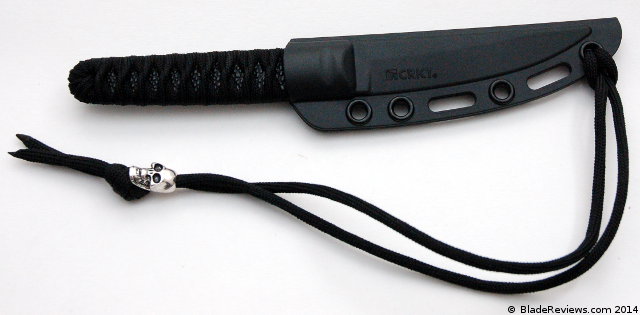
Lucas Burnely has an interesting suggestion for carrying the Obake. He has designed the knife for in the waist band (IWB) carry. Lucas suggests that you secure the paracord lanyard to your belt, stuff the sheathed knife blade first into the waist band, and then when you need to use the knife, grab the handle and pull it hard away from your body. The blade will pop out of the sheath, and the sheath will stay tethered to your belt. I’m probably not doing a great job explaining this, but the idea is that you can quickly and safely access the knife without losing the sheath.
In practice I have found this method of carry to work well. I’ve been a fan of using a lanyard with a small fixed blade, attaching the lanyard to my belt, and carrying the knife in pocket, but the Obake is a little longer than say, the Folts Minimalist. The knife is slim and light and disappears on your belt line if you leave your shirt untucked.
CRKT does supply a 550 cord lanyard and skull lanyard bead. I’m not big on skulls (I guess I’m not that hard), but I am sure this will appeal to a number of folks, and must admit that a bead of some sort rounds out the package nicely.
CRKT Obake – Final Thoughts
For those seeking a slim “tactical” fixed blade knife, the Obake is well done and priced to sell. I think that the juxtaposition of modern and traditional combined with a high level of fit and finish lend it broad appeal. I also found the selection of materials and finishes very interesting. Although I am not a martial artist by any stretch of the imagination, this is still a fun knife to have in the collection and it is easy to carry. Mechanically speaking, the 8Cr13Mov steel is adequate and while the sheath is excellent. I really enjoy the details like the faux ray skin and rounded spine.
One other thing I find worth noting about the Obake is that there is nothing else like this on the market at this price. CRKT has been hitting their stride lately with some bold collaborations with hot makers. While some companies have seemed to stagnate over the past couple years, CRKT is gaining ground as they straddle the crossroads of high value and high design. That kind of approach doesn’t always pan out, but knives like this and the Swindle strike me as great examples of when this strategy really pays off.
This is is something of a specialized tool, so I won’t give it a blanket recommendation to anyone browsing the site, but if you are interested in the Obake I would definitely recommend it. It is a complete package at a sub $40 price point, and they are going to have a hard time keeping up with the demand.
[easyazon_block add_to_cart=”default” align=”center” asin=”B00I04SZMI” cloaking=”default” layout=”top” localization=”default” locale=”US” nofollow=”default” new_window=”default” tag=”brdfkdfk-20″]
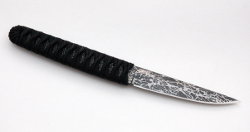
CRKT Obake – From $37.95
From: BladeHQ
I recommend purchasing the Obake at BladeHQ or [easyazon-link asin=”B00I04SZMI” locale=”us”]Amazon[/easyazon-link]. Please consider that purchasing anything through any of the links on this website helps support BladeReviews.com, and keeps the site going. As always, any and all support is greatly appreciated. Thank you very much.

